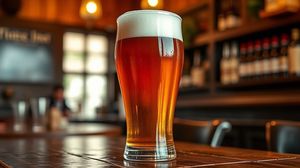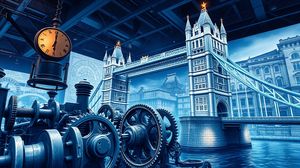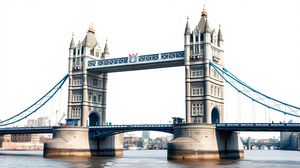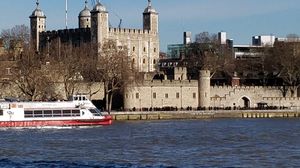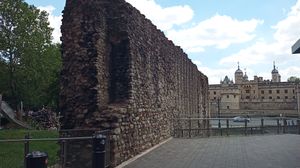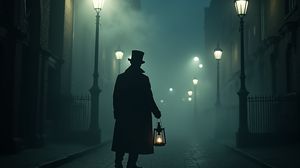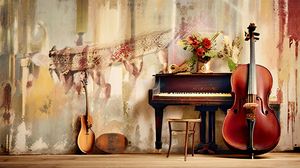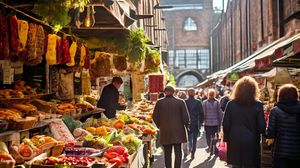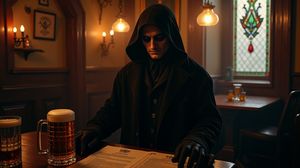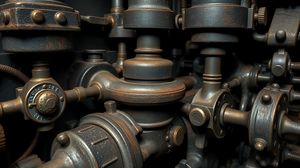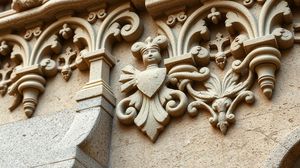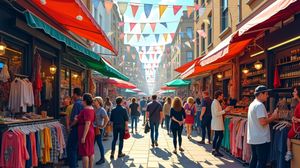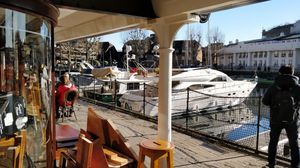
St Katharine Docks is a vibrant marina located in the London Borough of Tower Hamlets, adjacent to the River Thames and the iconic Tower Bridge. It was designed by the renowned engineer Thomas Telford and opened in 1828. Originally serving as one of London's busiest commercial docks, its warehouses stored valuable goods like spices, tea, and tobacco from around the globe. Today, it's transformed into an attractive mixed-use development offering a blend of modern leisure, retail, and residential spaces.
Walking through St Katharine Docks gives visitors a distinct sense of history coupled with contemporary charm. Each quayside is lined with stylish yachts and charming cobbled paths that invite leisurely strolls. The docks boast a range of restaurants, cafes, and shops, providing a culinary journey from traditional British fare to international delights, ensuring visitors always have something new to explore.
One of the intriguing features of St Katharine Docks is the Dickens Inn, a picturesque pub named after Charles Dickens. Though the pub's origins date back to the 18th century, it was relocated to its current site and is housed in a restored 18th-century building, which adds character and a historical touch to the location.
Among the more unusual attractions at St Katharine Docks is the impressive 'Sunborn London', a superyacht hotel moored permanently in the marina. Offering luxurious accommodation with striking views of the iconic city skyline, it's an extraordinary place to stay or simply to admire from the waterside.
The docks are not just a place for leisure and dining; they also host a variety of events throughout the year, including outdoor food markets, classic boat festivals, and seasonal fairs. This makes it a lively hub of culture and activity, ensuring there is always something happening to capture the interest of visitors.
A fascinating aspect of St Katharine Docks' history is its connection to Sir Richard Whittington. His statue stands in the nearby garden to commemorate his role in the creation of the docks. Whittington's legacy is immortalized not just in history, but also in folklore as the inspiration for "Dick Whittington and His Cat".

Making the Most of Your Visit:
Start your visit with a coffee at one of the quay-side cafés. There's nothing like enjoying a hot drink while taking in views of the yachts bobbing on the water. Try to grab a seat outside if the weather's nice; it's great for people-watching too!
Check out the hidden gem of the 'Floating Barge' – a floating platform that often hosts pop-up events and installations. It's not always obvious to find, but definitely worth it if you like discovering quirky spots.
If you're into history, take some time to wander and find the historical markers around the docks. They tell the rich story of the area, highlighting its transformation over the years. It's like a history lesson on foot!
Let yourself be tempted to try the fresh seafood at the restaurants here. Being by the water, you'll find some of the best seafood in London, and it's a perfect match with the maritime setting.
Visit during the weekdays if you can. While the weekends are bustling, a weekday visit offers a peaceful atmosphere that lets you really soak in the dock's tranquility and charm without the crowds.

Visiting Times & Costs:
St Katharine Docks is open to the public all year round. While there are no general entrance fees to access the docks themselves, certain attractions, events, or particular facilities may charge an entry fee, so it's advisable to check specifics for each venue or event in advance.
Most of the area, including the marina and promenade, is open 24 hours a day, while the shops, restaurants, and cafes typically operate during standard business hours, generally from around 10:00 AM to 10:00 PM. However, opening times may vary, especially for individual businesses or during specific events, so it's best to verify beforehand if you plan to visit a particular spot.
Accessibility: St Katharine Docks aims to be accessible to all visitors. Most areas are wheelchair accessible and there are pedestrianized paths suitable for both prams and wheelchairs. However, some of the older buildings may have limitations, so it would be prudent to check in advance with specific venues if you have concerns about accessibility.

Address & Map:

Nearby:
